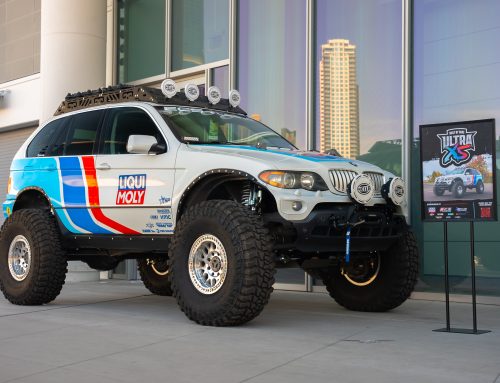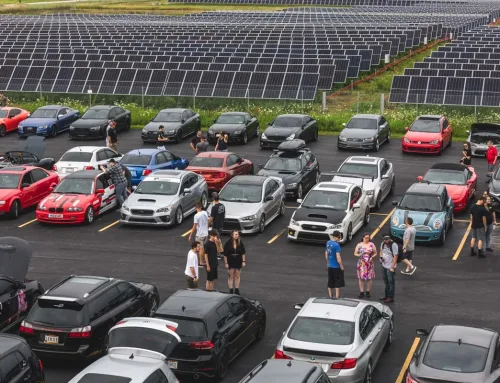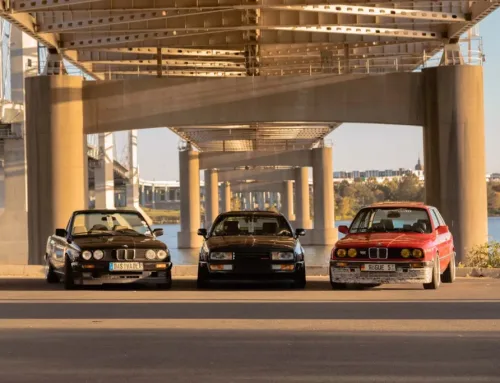With the only options for food across the country limited to take-out and drive-through, it made me think: are we more distracted driving now, even though we’re driving less, because of the temptation to eat in our cars? Naturally, I had to do some exploration. Unfortunately, there hasn’t been enough time to find data on that specific and recent behavior trend, but I did find some information that seems to universally answer the greater question: should we eat and drink in our cars?
If you’re like me, the only consumables we allow in our cars for immediate indulgence are closed containers of water. I won’t allow any food outside of containers en-route to a location where they can be enjoyed without the risk of spilling, dripping, staining, crumb-dribbling, or driver distraction. This is especially easy in my BMW, as it doesn’t have cupholders, which helps to justify the ‘don’t bring that garbage in my car’ decree. However, in my daily driver, the temptation for passengers to bring snacky snacks and drinky drinks is much higher, especially because they see my all-weather mats and assume its kosher. It is most certainly not kosher.

Why is it not kosher, you ask? Well, first and foremost, the act of doing anything besides driving is incredibly dangerous while, well, driving. Secondly, it’s messy. Finally, it’s just plain gross and can have more side-effects than you might expect.
According to the National Highway Traffic Safety Administration, distracted driving is one of the leading causes of accidents. That includes eating. So, they advise that you eat in your car before you leave the restaurant or wait until you arrive at your destination before you dig into your take-out meal. However, I don’t think that’s good enough. Eat in your car? Definitely not. A quick way to need another ride is to open your food in my car.
With so many small crevices in your car and places to hold stains, crumbs, and smells, eating in your car is ALWAYS messy. I don’t care if you’re the cleanest, most precise, most overly-conscious eater on the planet. No matter how hard you try, some part of your meal is going to end up in the carpet, the seats, the cupholders, the little gaps between trim pieces, and every surface you touch, like door handles, steering wheels, seatbelts, and more. This leads directly to the next point.

It’s. Gross. Think about that jug of milk in the back of your fridge that went bad over a month ago. That milk has been in the fridge this whole time, but you’re putting off throwing it out because you don’t want to smell it, even for a second. Now think about that malt shake you had in your car a few months back. Are you sure you didn’t drip a single bit of that shake? No? Well, chances are, it’s still there. Lingering. Over time, even with a good cleaning on a regular schedule, you still probably have crumbs, stains, and odors leftover from past meals.
According to carcare, it can even affect your ability to sell your car. While you may not notice the day-to-day stink, someone else will. No matter how well you’ve cleaned, without a professional detail, you’re probably missing quite a bit of the disgustingness left in your seats, carpets, nooks, and crannies.
So, what’s this all mean? It means you shouldn’t eat in your car, dummy! Especially not with a pandemic happening all around us. Do you really want to put your hands to your face, touch your food, and consume stuff after touching all the parts of your car you haven’t cleaned since that Tinder date three months ago? No. You don’t. What you should do is make a new mandate: no more eating in your car. After you’ve committed to banning meals on the go, then you should follow along with Cory, our shop tech, and learn how to clean and disinfect your interior with products you likely have at home. Now go clean your car.






